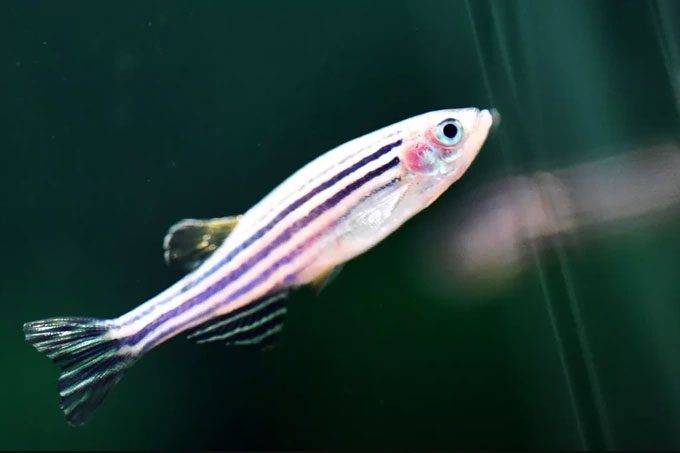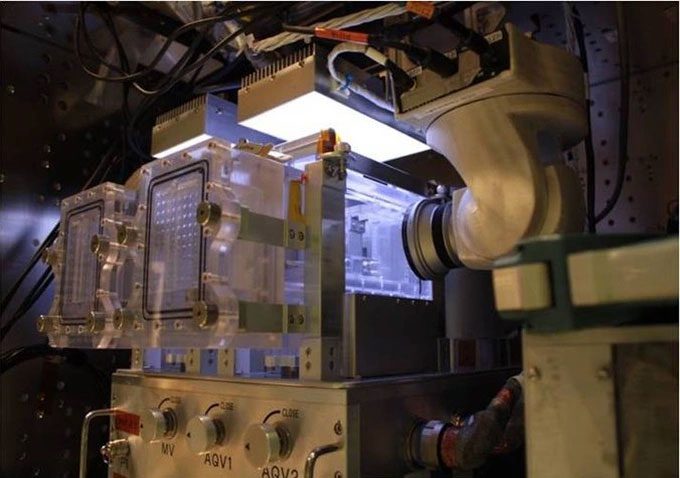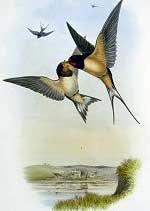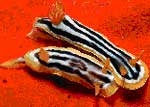China Plans to Send Zebrafish to Its Space Station for Research.
According to Space, small fish species will be sent into orbit aboard China’s Tiangong Space Station as part of a study on the interaction between fish and microorganisms in a small, closed ecosystem.

Zebrafish will be sent to China’s Tiangong Space Station. (Photo: Getty).
The chosen species is Zebrafish, scientifically known as Danio rerio. This freshwater fish belongs to the carp family and is native to South Asia, primarily found in India, Pakistan, Bangladesh, Nepal, and Bhutan.
In the past, zebrafish have been extensively used in scientific research, particularly in drug development during preclinical stages. Zebrafish are also notable for their regenerative abilities and have been genetically modified by researchers to create various transgenic strains.
This species was previously sent to the Soviet Union’s Salyut 5 space station in 1976 aboard Soyuz 21. There, Soviet cosmonauts conducted experiments with these fish and discovered that they appeared to alter certain behaviors in response to living in a microgravity environment.

Aquatic habitat (AQH) at a facility of the Japan Aerospace Exploration Agency allows for fish research in a microgravity environment. (Photo: NASA).
It is reported that the plan to send zebrafish into space was presented by Zhang Wei, a representative of the China Manned Space Engineering Office (CMSA), to the Chinese media in Beijing on July 10.
However, specific details regarding the timing and particulars of the experiment have not been disclosed.
This is not the first time fish species have been sent into space. Aquatic habitats (AQH) have long been studied by NASA by sending marine organisms to the International Space Station (ISS) to understand how microgravity affects marine life.
Nonetheless, the practice of sending live animals into space can be traced back to 1947.
The most famous among these is Laika, the Soviet space dog, who made a renowned flight on the Sputnik 2 mission in 1957.
At the time Laika’s spacecraft was launched into orbit, scientists had very little understanding of the effects of space travel on living organisms.
Moreover, the Sputnik 2 spacecraft was not designed with a recovery mechanism, and its landing back on Earth was not planned. Consequently, Laika’s death was anticipated.





















































